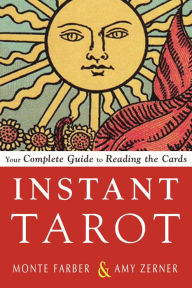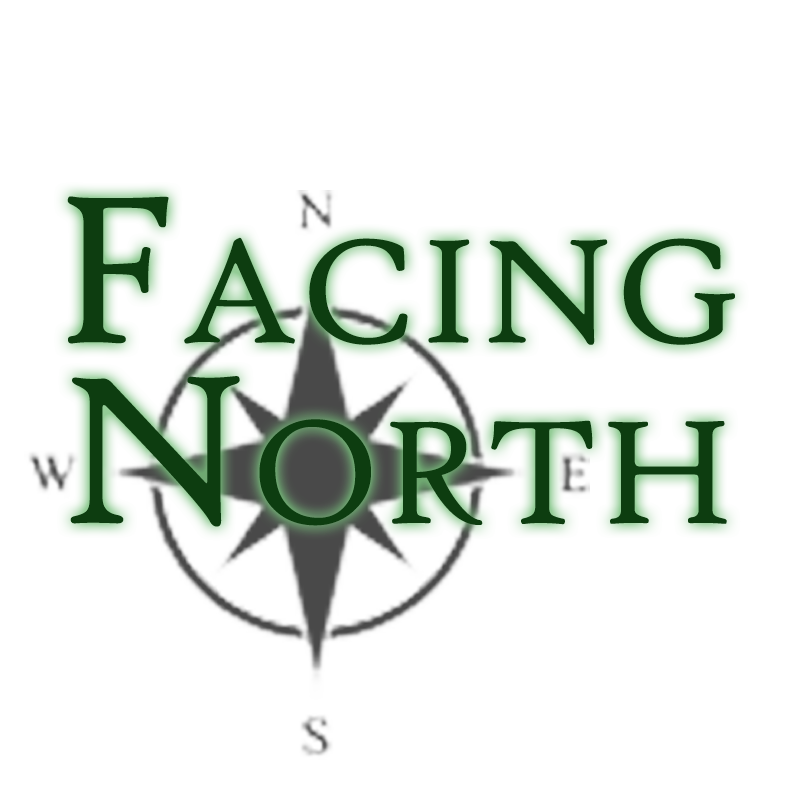I’ve read a lot of books about Tarot, books that offer different ways to learn and interpret the cards. This one is different. It is, essentially, a listing of the meaning of each card as it appears in each position of the Celtic Cross spread. All the meanings are based on the Rider-Waite-Smith deck, which most Tarot enthusiasts will be quiet familiar with. That means all the information in the book can presumably be applied to other decks that follow the R-W-S format.
Instant Tarot begins with a detailed table of contents that doubles as a set of keyword charts for all the cards, not just the Majors. I do find this helpful, since it turns the table of contents into its own resource. When I first began studying Tarot, my teacher encouraged me to find a keyword for each card, not so much as a way to memorize them, but more as a doorway into the meaning for each one, a sort of mnemonic device. Just flipping to the table of contents and looking at the keyword might be enough to jog the reader’s memory and help them get into the meaning of that card in their reading. If not, they can flip to the listed page number and get more information.
The authors repeatedly emphasize how their method is instant! and You don’t have to memorize anything! I can certainly see the appeal of this approach in our instant gratification society. Having to study the Tarot for weeks or months before really getting a handle on it can be daunting, though obviously I think the effort is worth it. Though the introduction does mention that the reader should pay attention to how they think and feel about the meanings the cards offer, the overall thrust is very cut-and-dried, as if each card always carries the same narrow meaning each time it shows up in that position in a reading. Reversals aren’t considered; the meaning is the same regardless of the card’s direction.
The best part of the book is the questions. The authors include one-card, three-card, and Celtic Cross spreads in this section. They list possible questions for all three spreads and then offer sample readings, showing how to interpret the cards for each question. Forming good questions is one of the hardest skills for many Tarot readers to master, so this section is really quite helpful.
There’s also a nice little FAQ section that includes interesting (and refreshingly accurate) information about the history of Tarot. The questions also address common issues such as how people think the Tarot might work, what to do if you don’t like the answer you’re getting, and how to deal with a reading that doesn’t give you a clear answer.
Overall, I can’t say this book is for everyone. For people who feel daunted by the Tarot and the glamour of complexity and spookiness it has developed in some circles, Instant Tarot is a good way to ease into the process. The explanations in this book are very down-to-earth and easy to understand. Rank beginners can use the lists of meanings to learn their way around the Celtic Cross layout and get a feel for the variation of meaning within each card. But really, this book is exactly what it says on the cover: Instant Tarot. It’s kind of like the horoscopes you find in the newspaper (or used to— do they still print those?). It’s very cut-and-dried with little to no nuance. It teaches rote meanings rather than encouraging the reader to really get to know the cards and rely on their own inner wisdom. For people who want to just look up a meaning and be done with it, this is a handy reference. But if you want to go deeper, there are better choices out there.
~review by Laura Perry
Authors: Monte Farber and Amy Zerner
Weiser Books, 2017
pp. 259, $18.95

